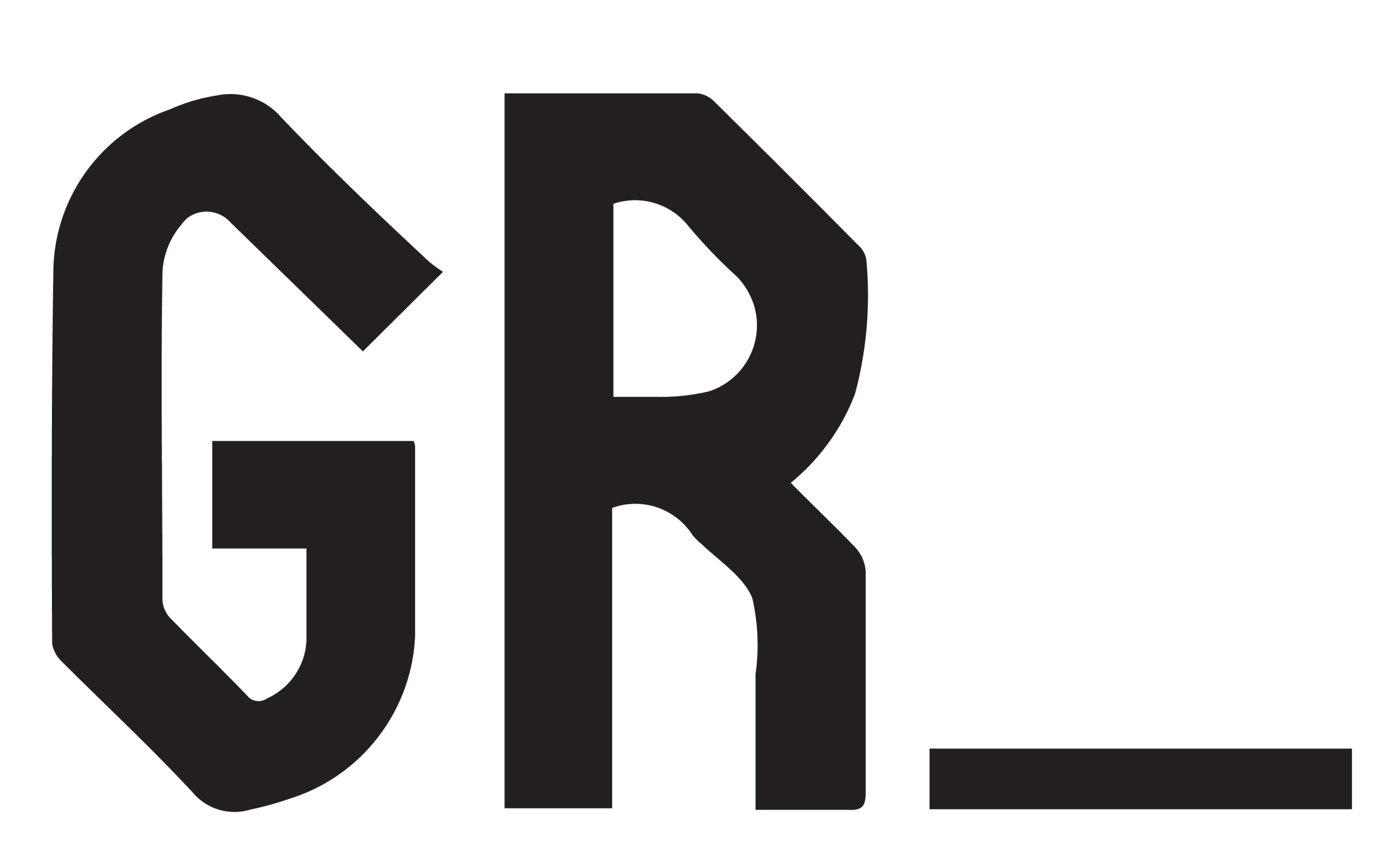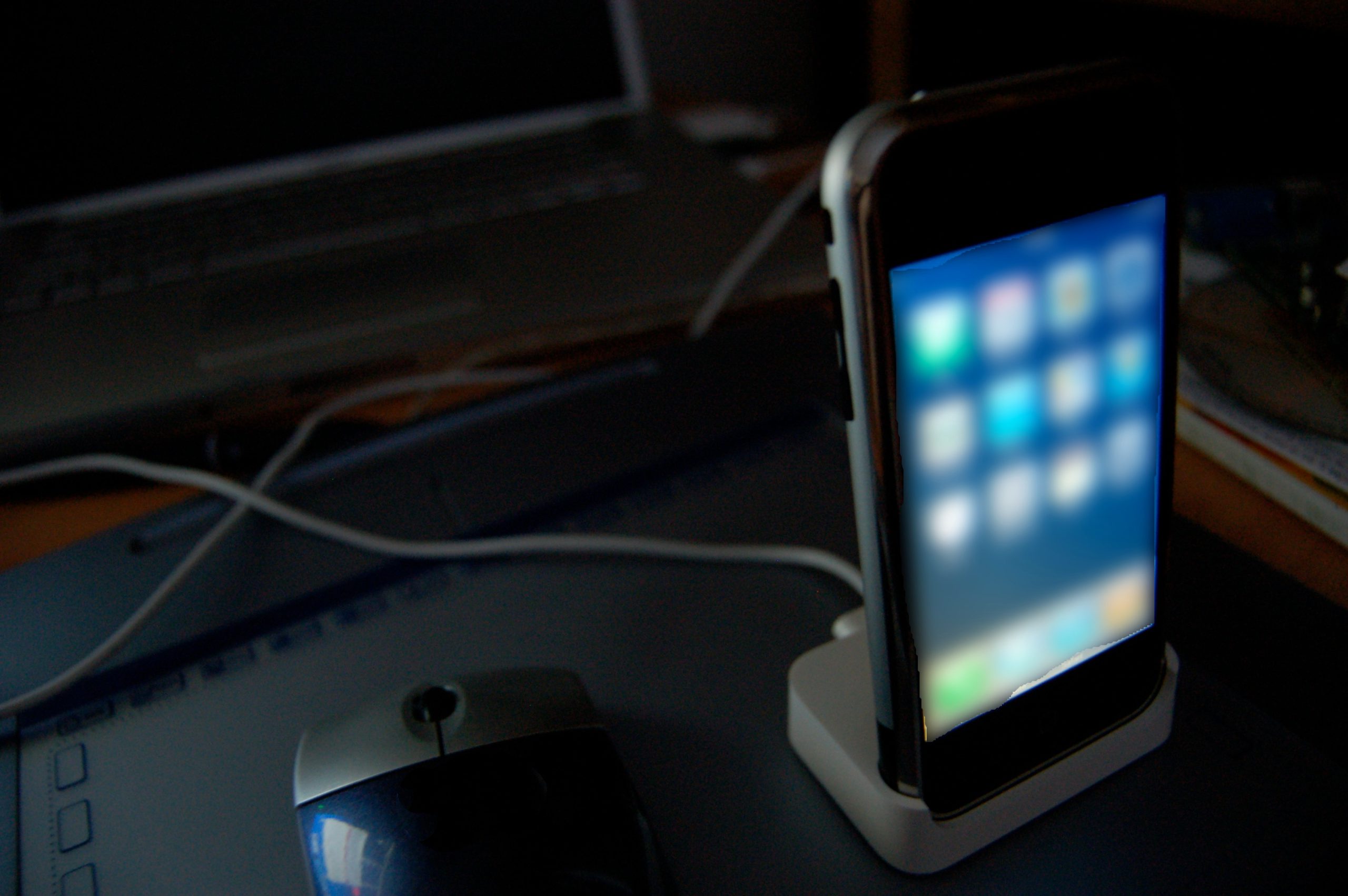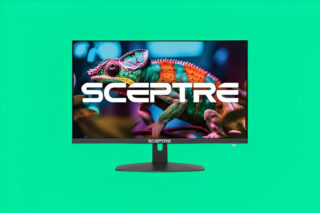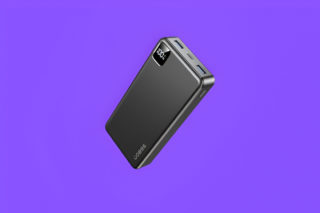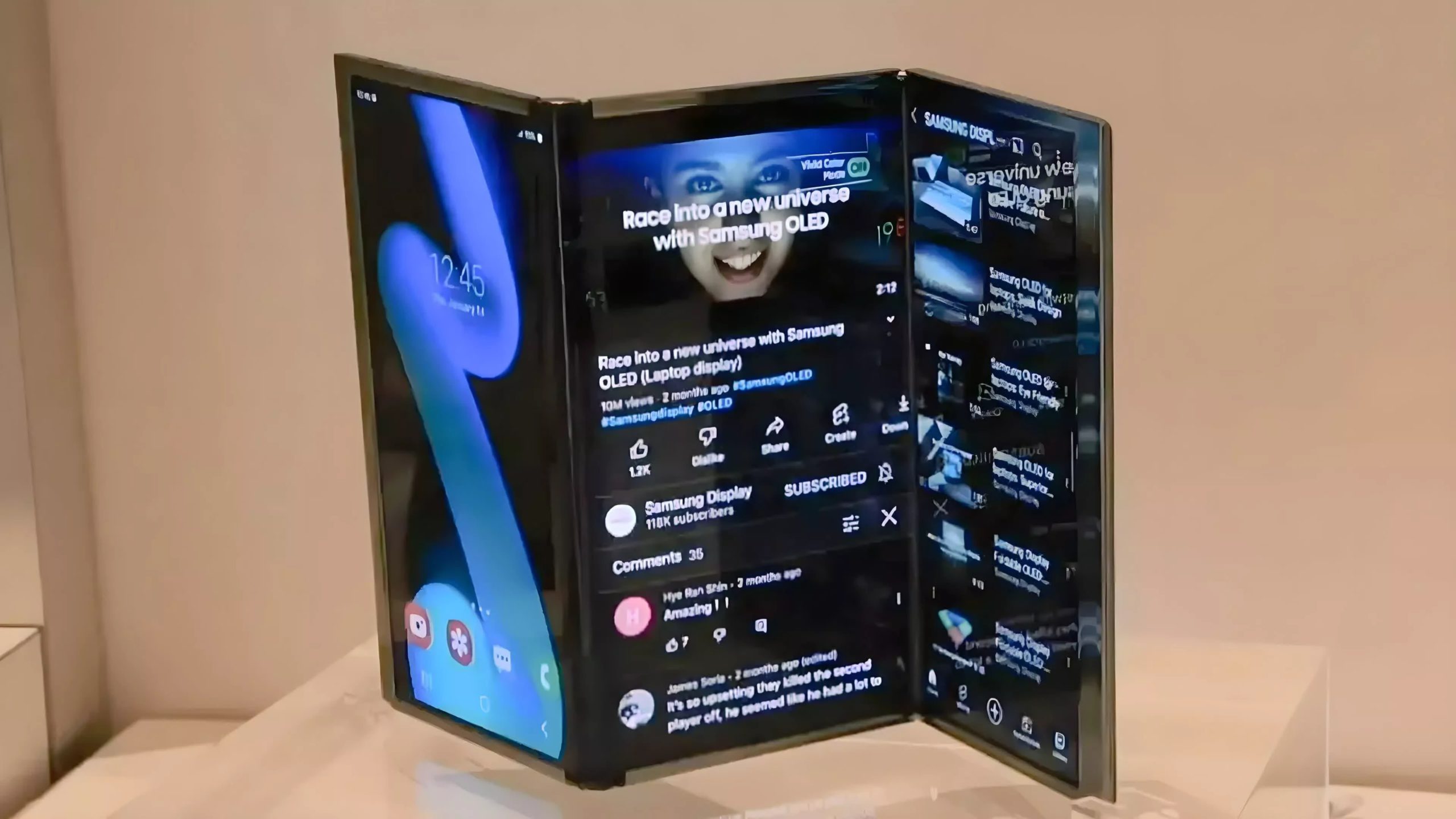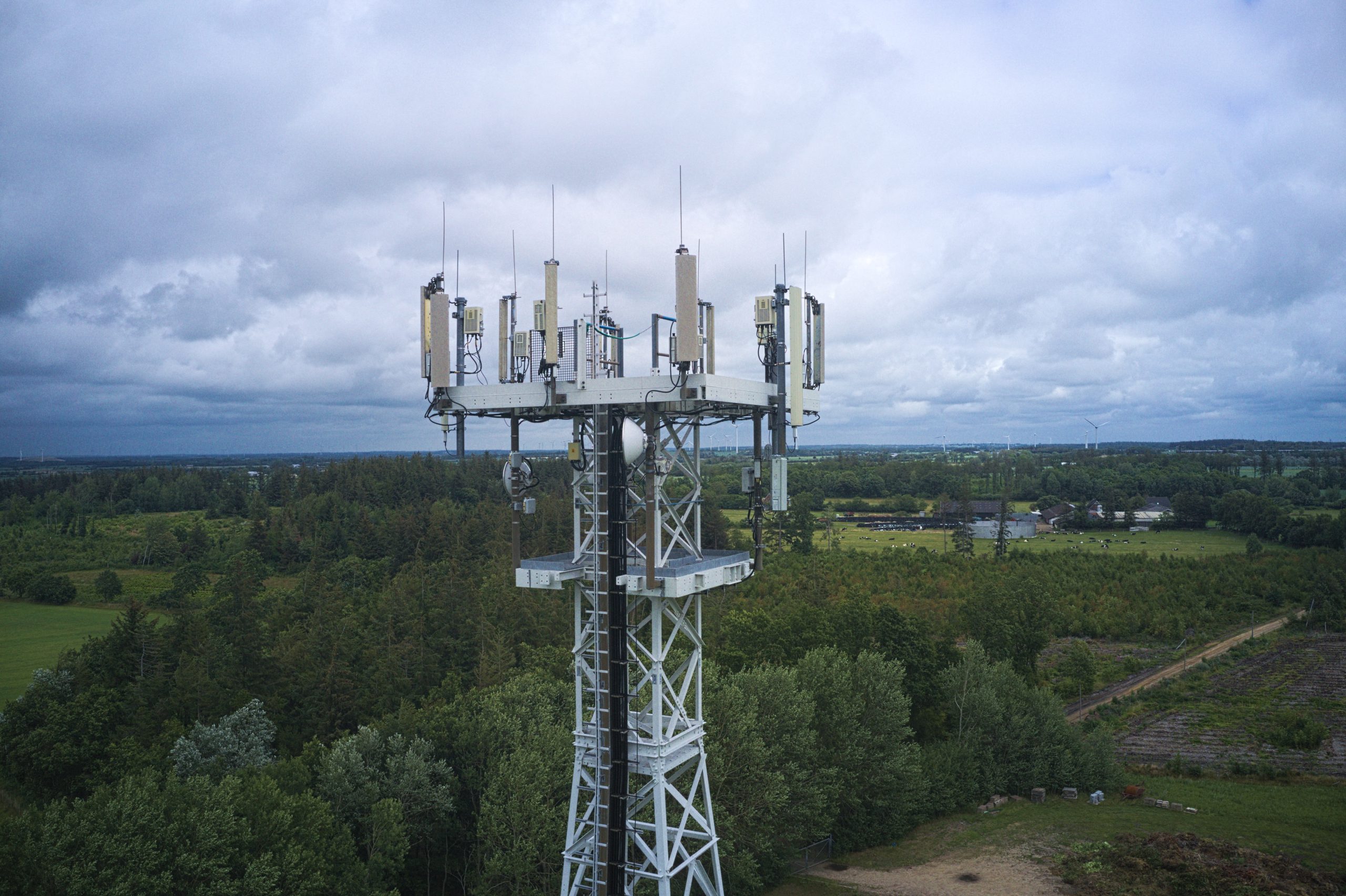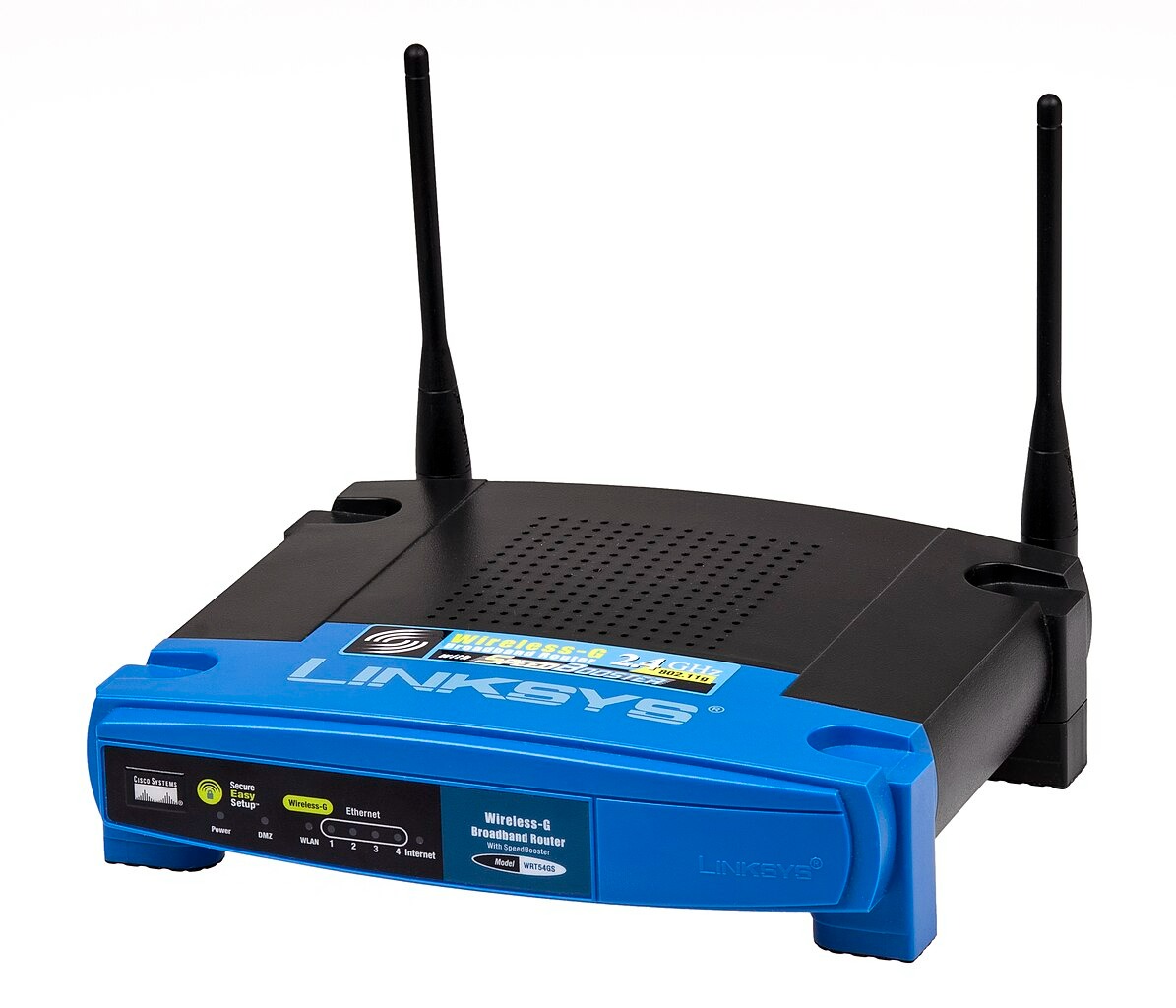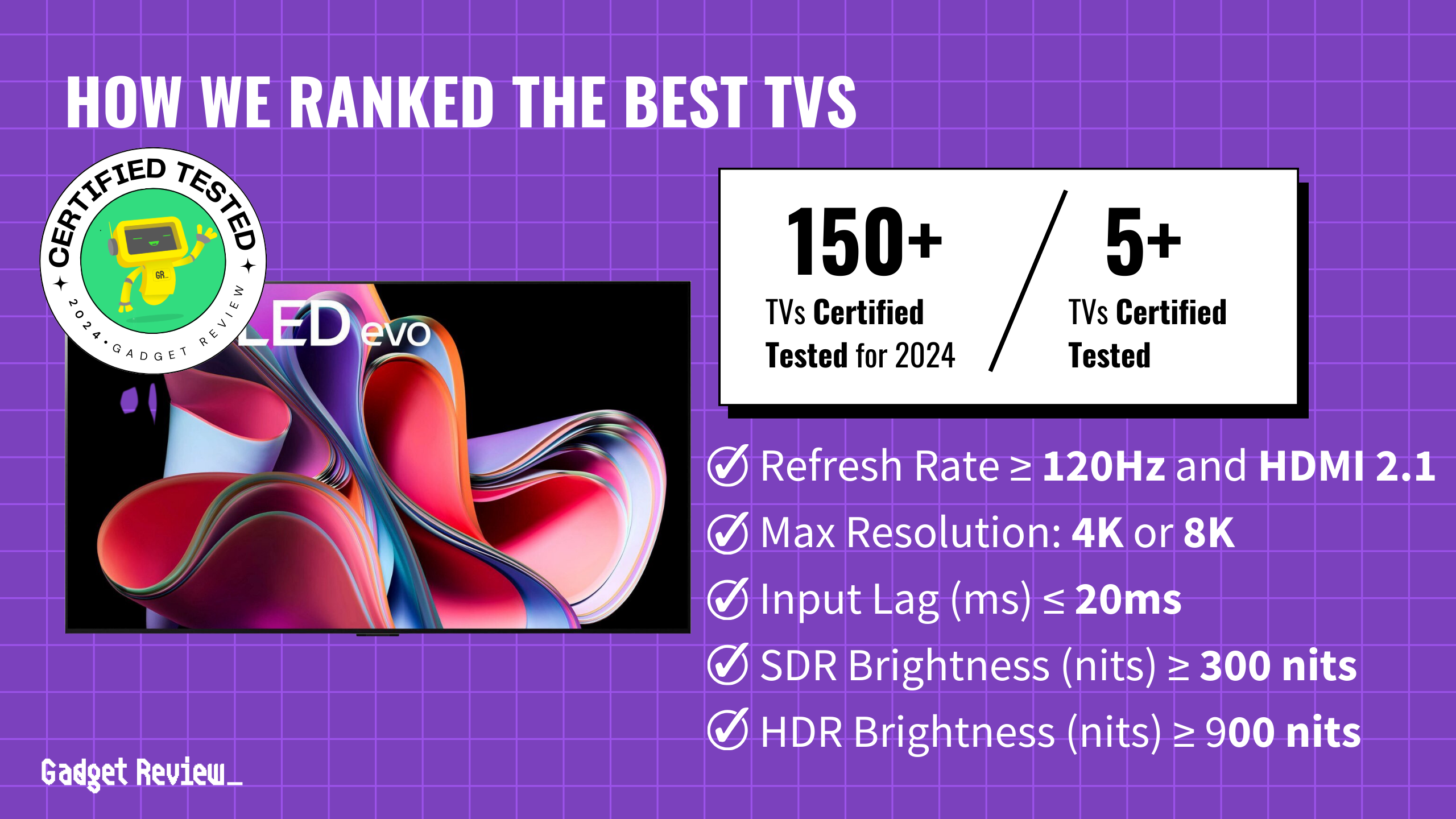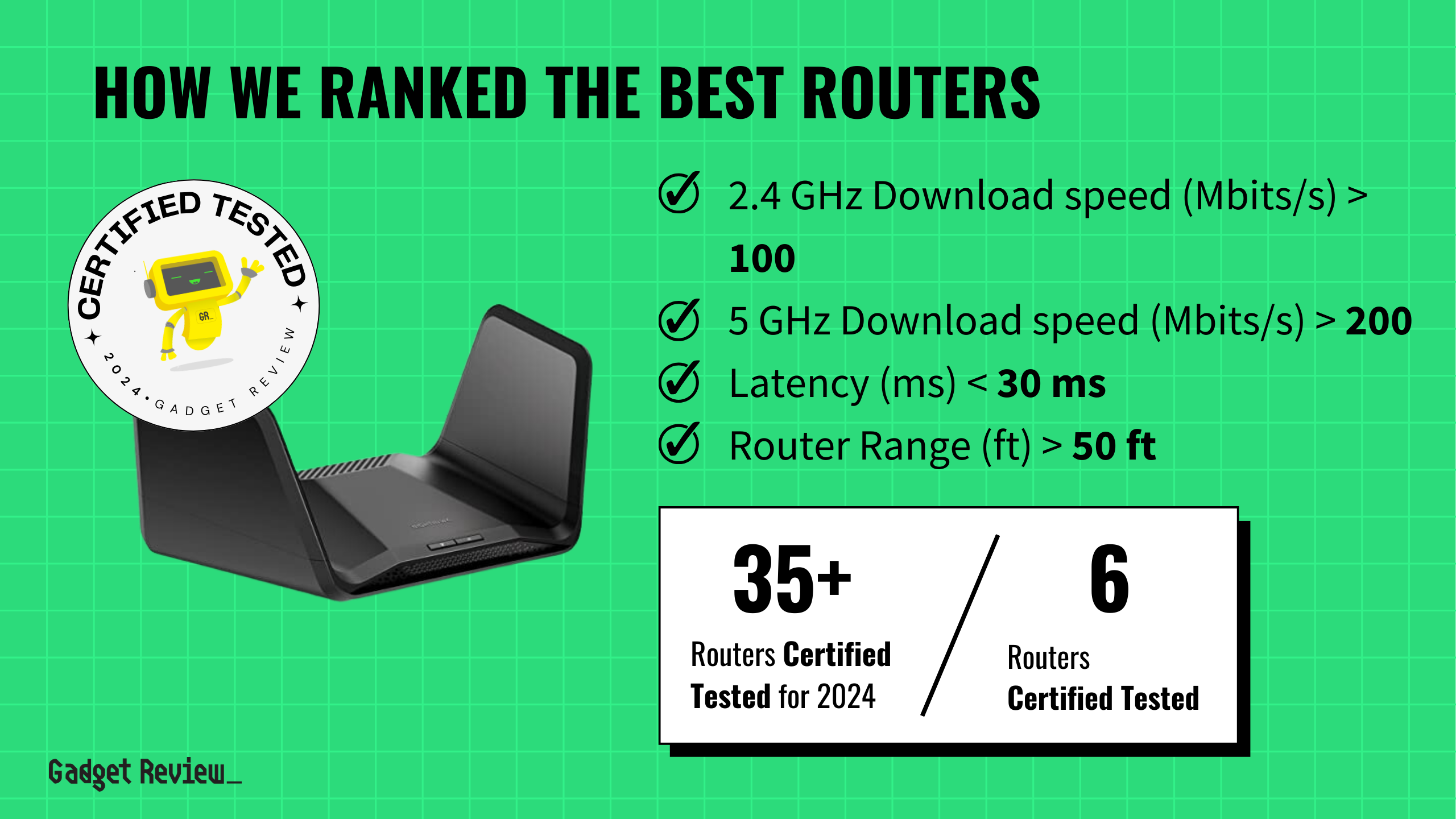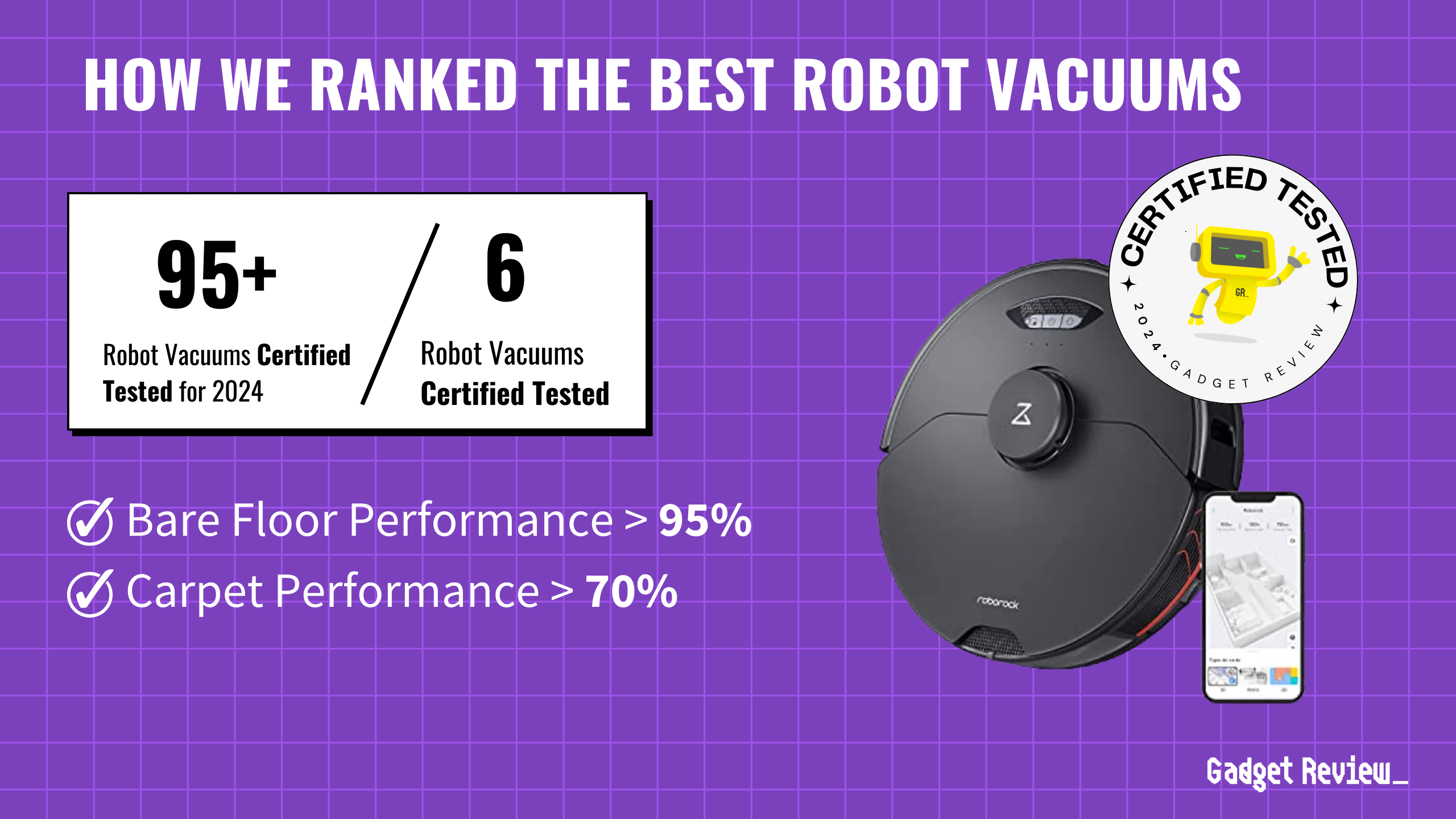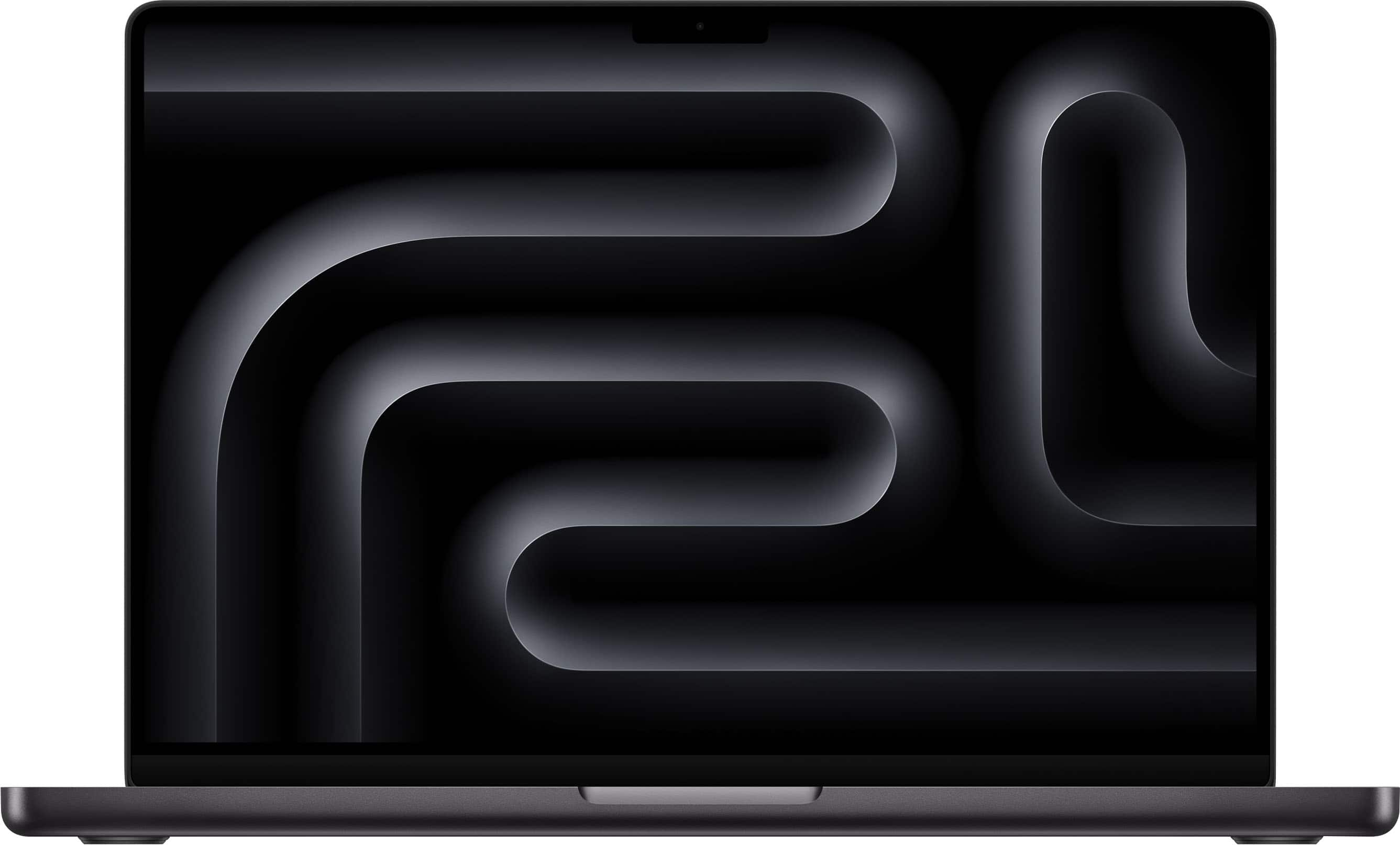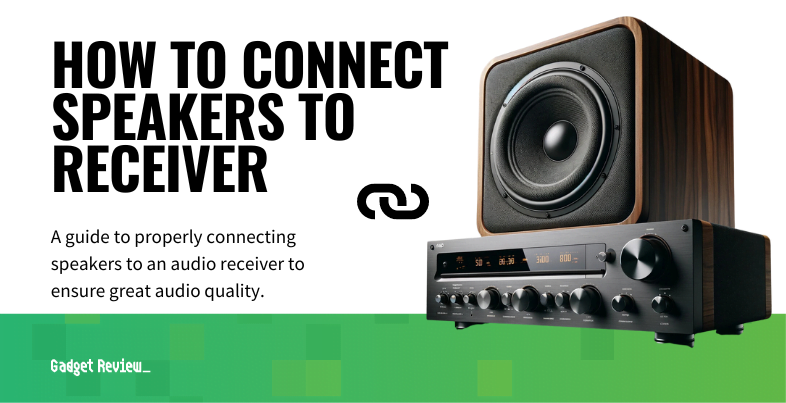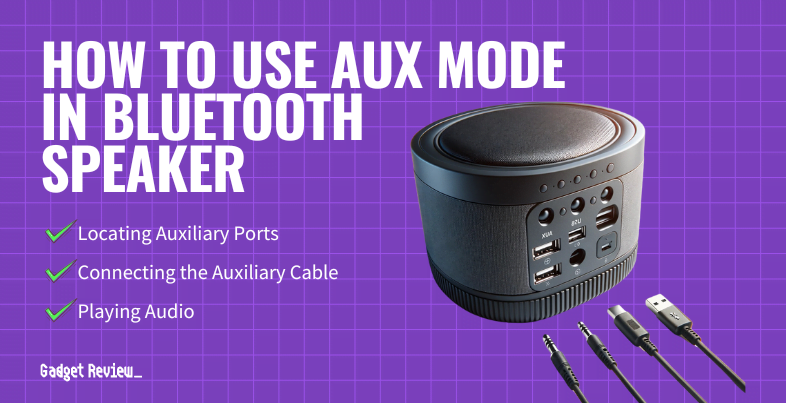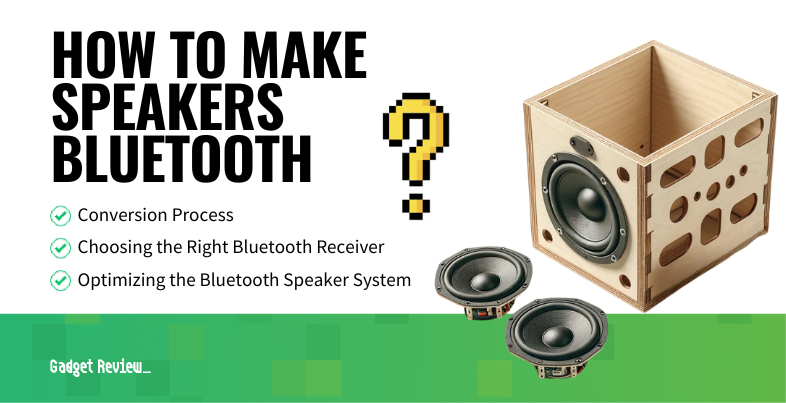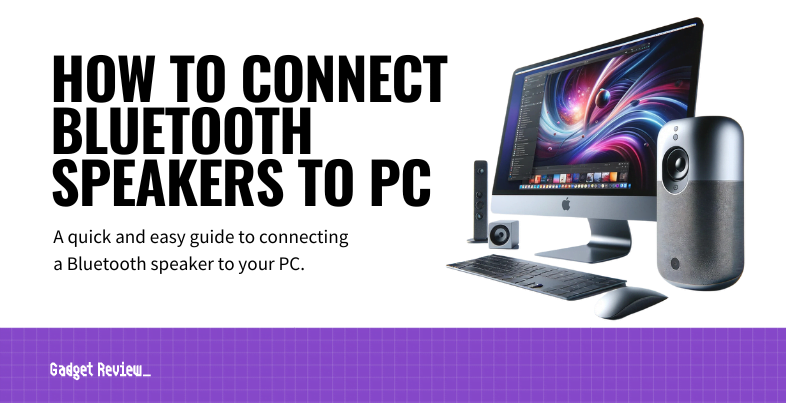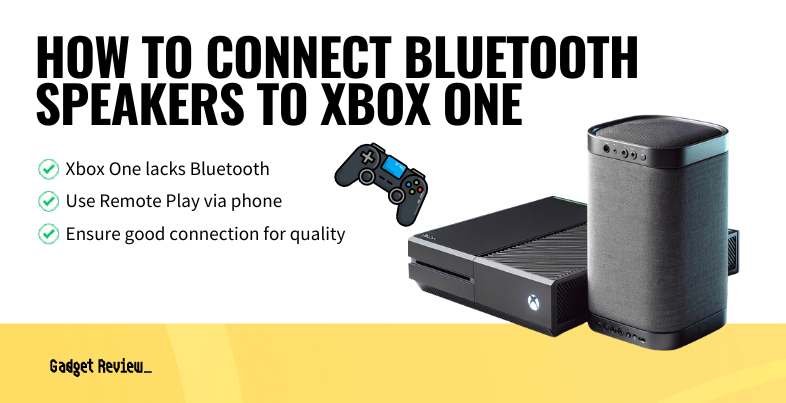You plug your iPhone in before bed, same as always. What you don’t see is the intricate money machine that clicks into motion with that simple gesture. Every charge sends revenue streaming to Apple, third-party accessory makers, utility companies, and data brokers. Your midnight charging routine has become a multi-billion-dollar ecosystem designed to extract ongoing profit from the most mundane daily habit.
Apple’s Licensing Goldmine
The MFi Program turns every charging cable into a royalty stream.
Apple’s Made for iPhone program requires any company making Lightning accessories to pay licensing fees—industry sources suggest these range between $2 and 10% per unit sold, though Apple doesn’t publish exact figures. These aren’t manufacturing costs or quality assurance fees. They’re pure profit for Apple, generating tens of millions annually just for permission to make products that work with your phone.
Companies like Anker and Belkin pay this toll on every “certified” cable, passing the cost to you while Apple collects without manufacturing anything. Even Apple’s transition to USB-C doesn’t eliminate this control. Premium accessories and MagSafe products remain locked within Apple’s proprietary ecosystem, ensuring the licensing revenue continues flowing.
The Great Charger Heist of 2020
Removing in-box chargers created an overnight accessory gold rush.
When Apple stopped including chargers with iPhone 12, the company didn’t just save on packaging costs—it triggered a hardware feeding frenzy. The iPhone accessory market is projected to grow from $27.8 billion in 2025 to $59.2 billion by 2035, according to Future Market Insights.
You suddenly needed to buy what used to come free. Third-party manufacturers scrambled to fill the gap, but they’re playing Apple’s game by Apple’s rules. Every “certified” cable sold pays tribute back to Cupertino, creating a revenue stream that requires zero Apple manufacturing effort.
Your Data Is the Real Prize
Charging patterns reveal more about you than your search history.
Your iPhone logs when you charge, for how long, and how often. This battery telemetry reveals sleep schedules, travel patterns, and daily routines—data Apple uses for “device optimization” but that also creates detailed behavioral profiles.
Utility smart meters timestamp your electricity consumption spikes. This data is often anonymized and resold to analytics companies in many regions. With 1.5 billion active iPhones globally, these charging microtransactions generate billions in utility revenue while your personal patterns become another profit center. Advanced technologies now enable even more granular tracking of consumer behavior patterns.
Apple’s Services segment—including licensing and data operations—now delivers $26.6 billion quarterly with 75.7% profit margins, according to recent earnings reports.
Every time you charge your iPhone, you’re not just powering a device. You’re funding a carefully orchestrated profit extraction system that monetizes your most basic technology needs.
